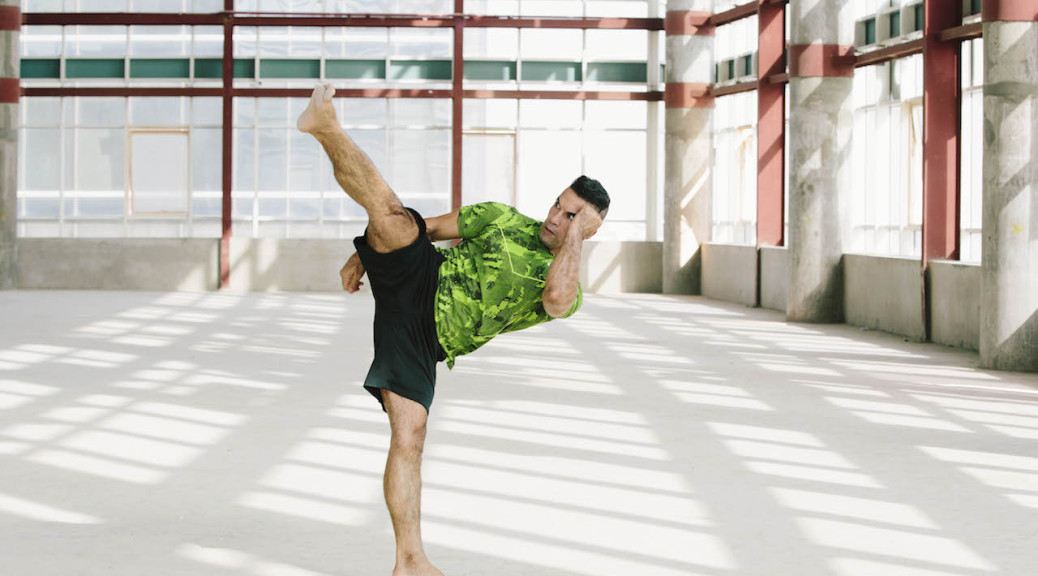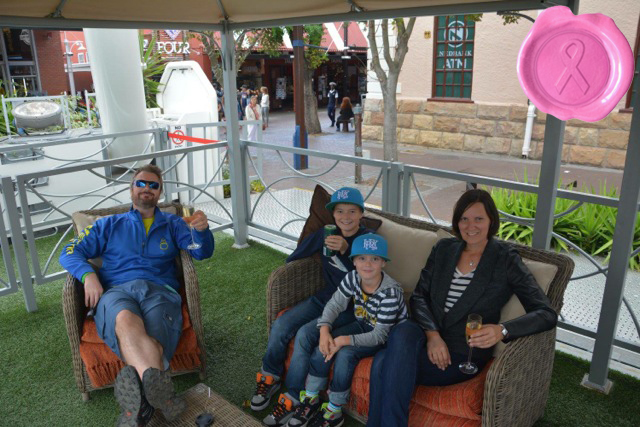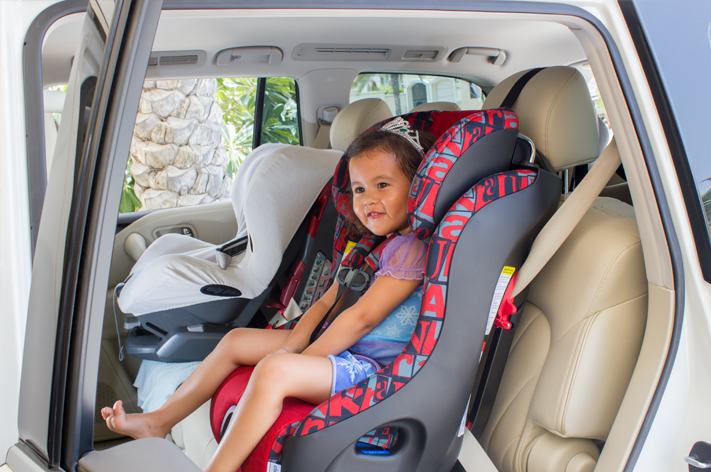Martial arts based fitness training and cardio kickboxing is one of the hottest fitness trends across the world in recent years and are motivating many people to get off the couch and into a fitness program.
Dubai based professional MMA fighter and former international karate gold medalist, Rafat Shawe is just one of the fantastic martial arts talent to be based in the Middle East.
This October, Rafat Shawe is launching his new kickboxing bootcamps that blend boxing, martial arts and cardio kickboxing in a fantastic total body workout. Well-known as an excellent form of stress release, martial arts-inspired workouts also improve strength, aerobic fitness and flexibility. The variety of movements used in kickboxing can sharpen reflexes and improve co-ordination and balance. Even better, most participants can expect to burn at least 600 calories during a typical cardio kickboxing class.
Rafat’s new outdoor cardio kickboxing bootcamps kick off on Sunday 11th October. The bootcamps will take place as follows:
- Sunday 7.00pm, Palm Park, Palm Jumeirah
- Tuesday 6.30am, Palm Park, Palm Jumeirah
Each bootcamp costs AED 100 or AED 800 if you sign up for a package of 10.
For more information about the bootcamps and to enquire about personal training, please contact Rafat Shawe on:
Email: rafat_shawe@yahoo.com or call
Mobile: +971 (0) 50 4954446.
You can also keep up-to-date with his latest news on Facebook and on Instagram.
Additional bootcamps at other locations in Dubai will be announced shortly.



